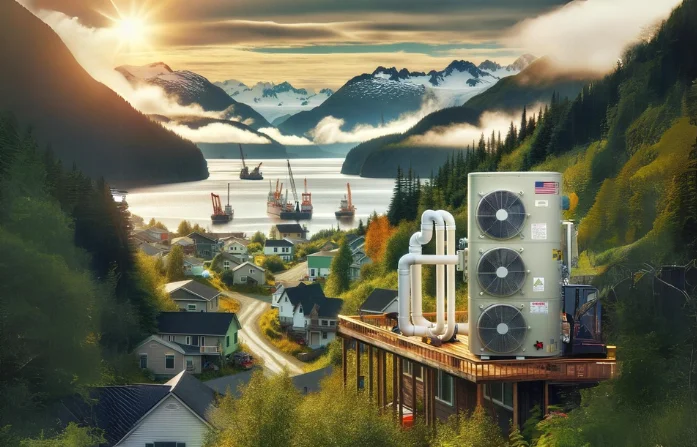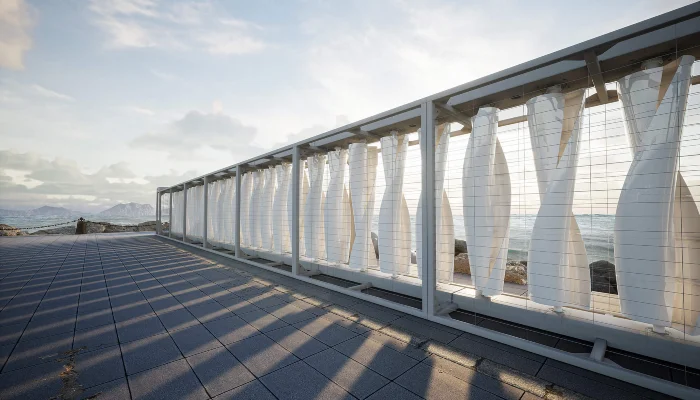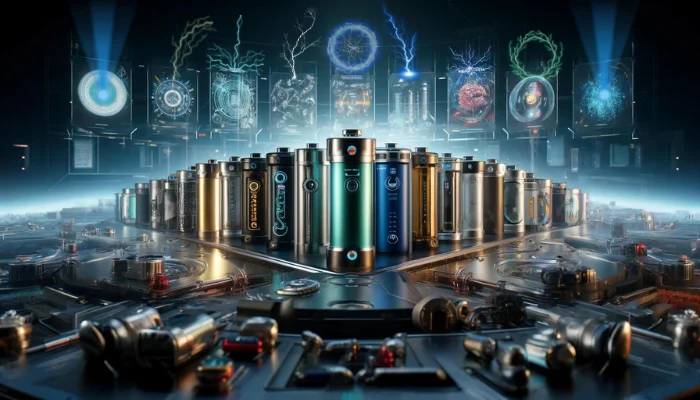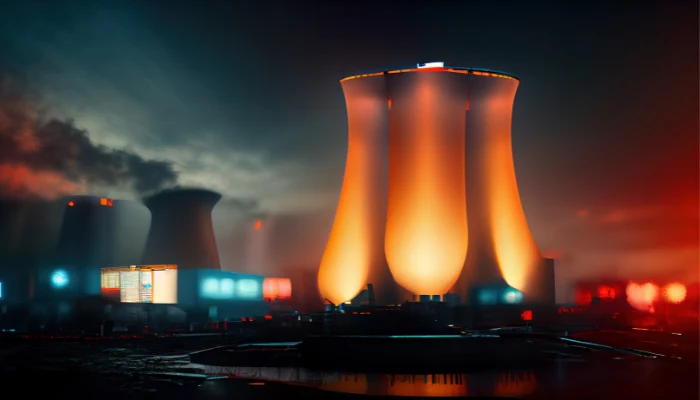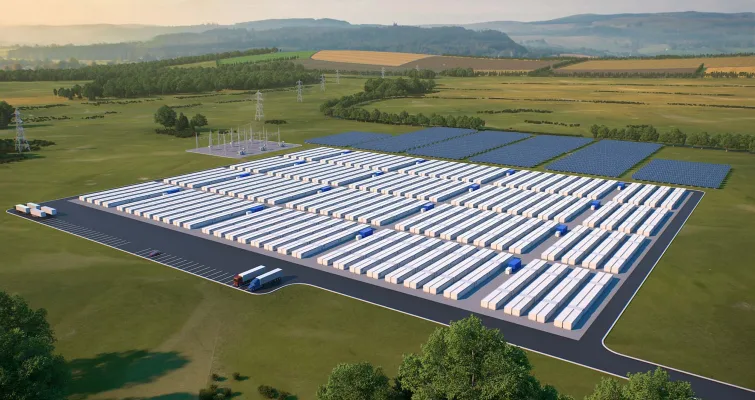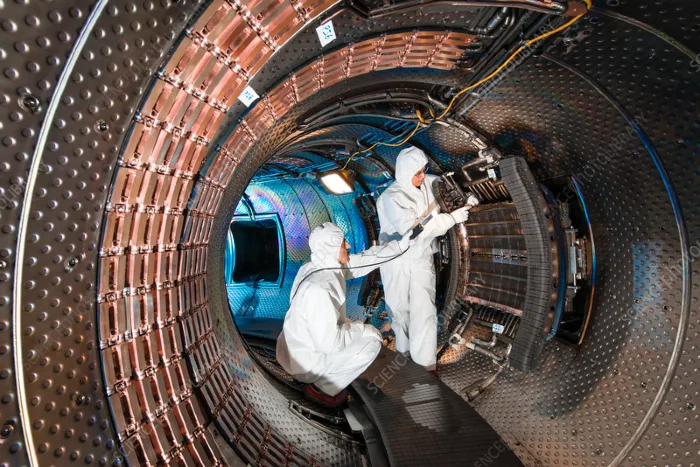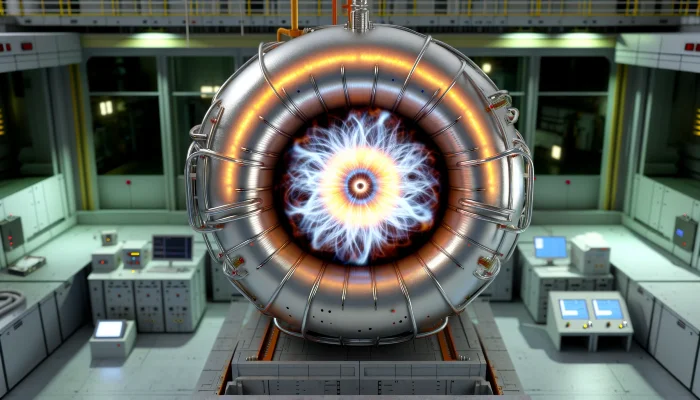Welcome to Juneau, Alaska! It’s not your typical small town. When the cruise ships dock here, it feels like the whole world pours in. Kira Roberts, a local, describes it as a daily transformation. Thousands arrive and then disappear by evening. But there’s a catch. These ships are part of the reason why the magnificent Mendenhall Glacier nearby is shrinking.
Juneau’s big issue? The carbon footprint of tourism. The solution?
An innovative carbon offset project, right here in town. Tourists, while enjoying whale watching or glacier visits, are asked to donate a few dollars. This isn’t your usual carbon offset gig. The money doesn’t fly off to distant lands. It stays right here in Juneau, helping locals ditch their oil heating systems for something better: heat pumps.
Why heat pumps? Andy Romanoff, who runs the Alaska Carbon Reduction Fund, says they’re perfect for Juneau’s relatively mild winters. Plus, they’re cheaper and cleaner than oil. Just ask Roberts, who swapped her $500 monthly oil bill for a $30 bump in her electric bill.
“Heat pumps are a no-brainer,” she says.

Now, carbon offsets are nothing new. But here’s what sets Juneau apart: their program is all about local impact. It started in 2019 with a goal: get more Juneau residents onto renewable energy. And it’s working. The fund’s focus on local action and transparency is its big selling point.
“We’re making a real difference,” Romanoff says.
But hold on, there’s a twist. Not all carbon offset projects are as effective as they claim. Barbara Haya from the Berkeley Carbon Trading Project warns that many projects exaggerate their impact. That’s not the case in Juneau. They use real data, like three years of utility bills, to measure the impact of each heat pump installation.
Since 2019, the fund has installed 41 heat pumps, reducing tons of carbon emissions. It might cost more than other offsets, but as Haya says, “That’s the cost of real mitigation.”
One of the first to get a heat pump was Garri Constantine, who used to spend $300 a month on firewood. Now, he’s a heat pump evangelist, with his monthly bill only increasing by $50 saving him, at least, over $2,000 dollars a year.
“I just don’t understand why everyone isn’t using these,” he says.
While donations have been coming in, there’s a hurdle: a national shortage of installers. But local businesses are stepping up. Allen Marine, a tour company, offers tourists the option to donate. They even plan to expand the heat pump program to other towns.
“We want to give back to the communities we operate in,” says Travis Mingo, VP of Allen Marine.
And then there’s Wild Coast Excursions. They include the carbon offset in their tour prices. Owner Peter Nave says it’s part of doing business responsibly.
“I want to offset more than we use,” Nave says.
But here’s the challenge: getting the big players, like cruise lines, on board. They’re still on the fence about joining local offset projects like Juneau’s.
Romanoff remains hopeful. He believes that with enough support from local businesses, they can get the cruise industry to take notice.
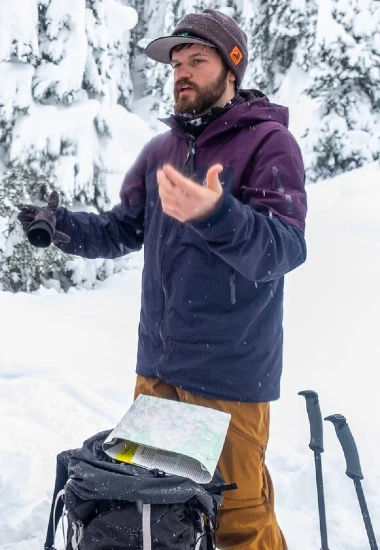
“We’re building momentum,” he says.
So, what’s next for Juneau’s carbon offset project? It could be a model for other places with similar challenges. Romanoff thinks this local approach could catch on, especially in areas with lots of oil heating systems.
In the end, Juneau’s story isn’t just about saving glaciers. It’s about a community taking steps, big and small, to make a real difference. It’s a story of innovation, commitment, and maybe, just maybe, a blueprint for others to follow.







